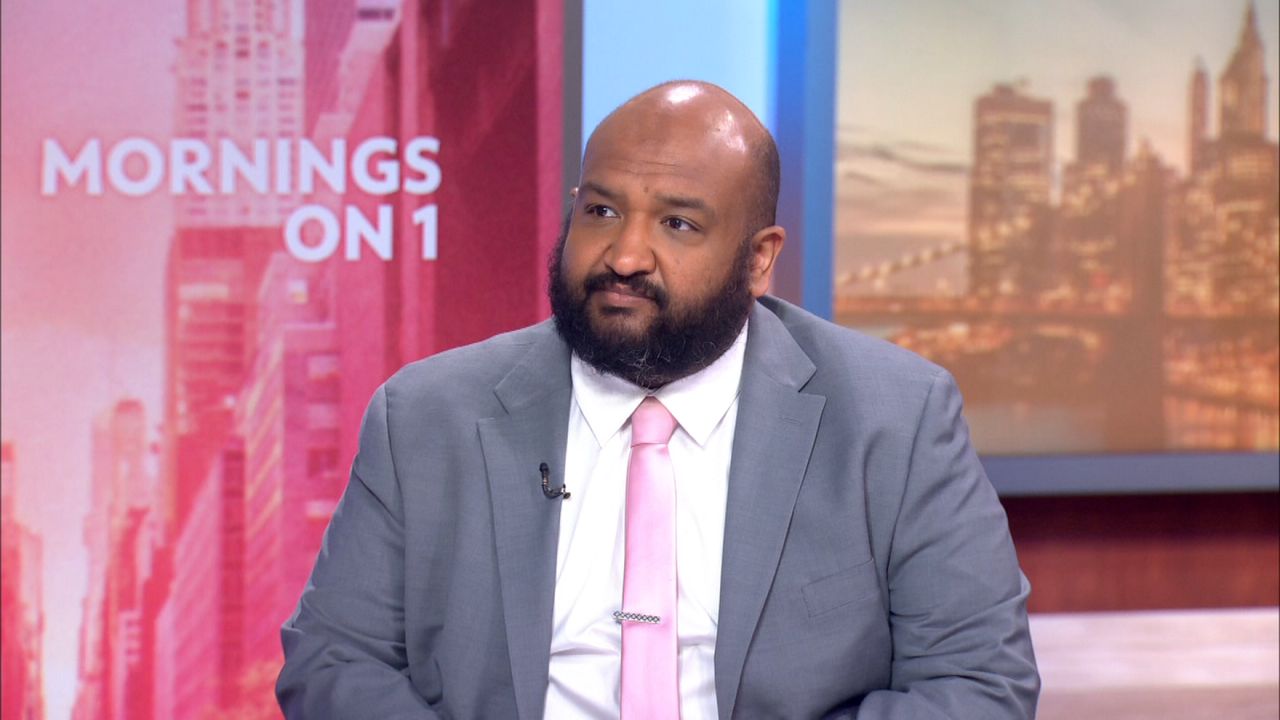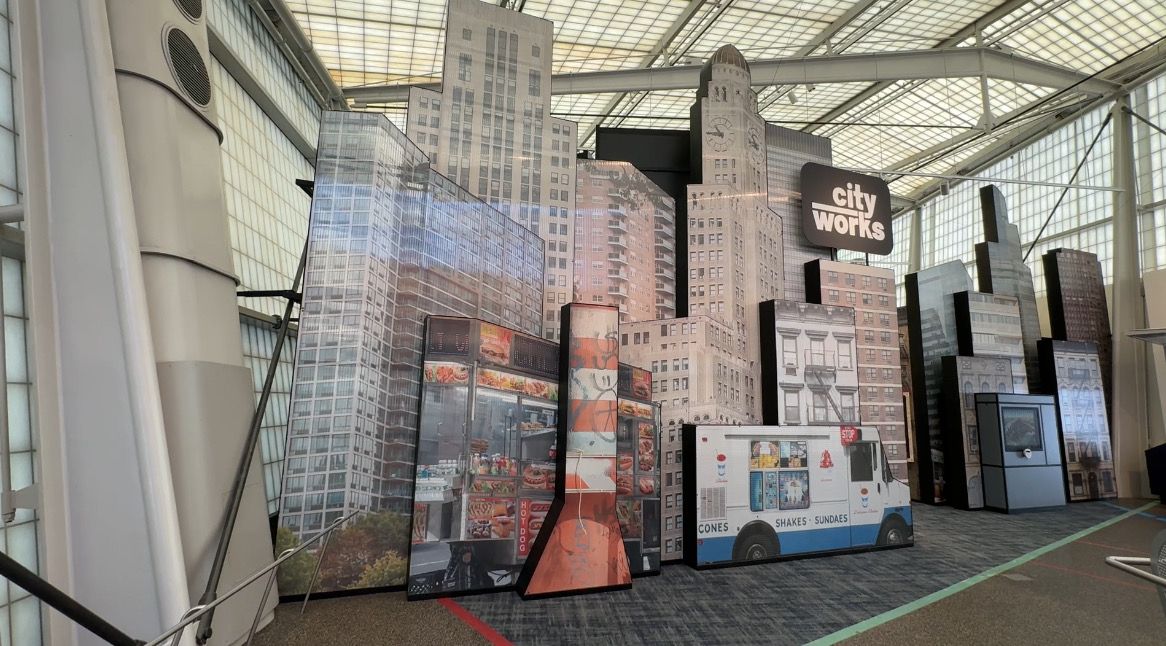Mirwais Ahmadi said after 11 months in the New York City shelter system, his family is one of the fortunate ones.
“I really love living here because we have this house,” Ahmadi, who now lives in Westchester, said.
They are among more than 300 migrant families who relocated since September to housing in counties outside of New York City in the state’s Migrant Relocation Assistance Program, also known as MRAP.
“I love this house and the kitchen and the neighborhood,” Ahmadi said.
The state program, through the office of Temporary and Disability Assistance, pays a migrant family’s rent for a year while parents look for jobs. It also provides food and transportation to job interviews.
The $25 million program was developed by the state to relocate 1,250 families out of the city's shelter system.
The state told NY1 more than 800 other families have qualified but have not yet moved.
The state program is designed to house 1,250 families. More than 300 have been placed. There are 800 families who have qualified but have not yet been placed.
David Giffen, executive director for the Coalition for the Homeless, said the state failed to coordinate logistics with nonprofit organizations.
“There had been no willingness on the part of the state to do any kind of comprehensive planning to ensure the new arrivals are able to resettle,” he said.
According to Giffen, the state gave migrants limited options for relocation, with only five counties outside of the city. This included Westchester, Suffolk, Albany, Erie and Monroe.
Giffen said it’s tough getting a job without a car outside of the city’s comprehensive public transit system. And as a result, one year’s rent isn’t enough.
“If you make MRAP a two-year program, you give families enough time to attain stability. The landlords have more security that they know somebody will be paying their rent over that two-year period,” he said.
Ahmadi said he has sent his resume out to 20 companies. With just 10 more months of having his rent paid, the pressure is mounting because he doesn’t want to move his family back to a shelter.
“We need a car to commute to [the] city to solve our problem,” Ahmadi said.
The New York state Office of Temporary and Disability Assistance said of the more than 800 qualified families yet to move, 29 have signed leases with a move pending and another 10 are approved to move and pending lease signing.
NY1 asked the state Office of Temporary and Disability Assistance about the specific criticism of the program like the alleged lack of comprehensive planning to make sure the new arrivals can resettle. The agency did not directly respond.
In a statement, the agency wrote, “OTDA is committed to assisting migrant families that choose to relocate through the Migrant Relocation Assistance Program (MRAP).”
Ahmadi said he wishes more families can have the positive experience he has had with being placed in housing.









_PKG_OS_Picks_050225_CG)